Studies have shown that students who are actively engaged in video viewing do pay better attention. Description (on video) was so named because of the fact that it describes a person, place, or thing in such a way that a “picture” is formed in the visually impaired viewer’s mind. This pairing of visual and audio can be a great boon to the vocabulary development of those without visual impairment, and also helps them develop descriptive writing skills. In students’ writing, modeling of description techniques can be encouraged, and when it occurs, students’ communications can become more interesting and full of details. Video producer Hilari Scarl has said about DCMP description that it is “beautiful” and “adds a poetic layer to the film.”
In addition, not all students are able to gain meaning from standard video presentations due to learning differences or lack of proficiency in the English language. For example, students who struggle with visual processing issues can benefit from the additional verbal translation of visual images to better differentiate between size, shape, and color of objects. In addition, research indicates that children on the autism spectrum may have difficulties recognizing emotional cues, such as facial expressions and gestures, but the audio description track, providing information such as “James turns the car around angrily,” can help take out the guesswork. Furthermore, some students with learning disabilities, having a processing deficit that interferes with their learning, respond better to auditory input such as description on videos.
Make something unusual happen in your classroom. Use educational videos with description that was created for students with visual impairments. You’ll increase learning opportunities for your entire class!



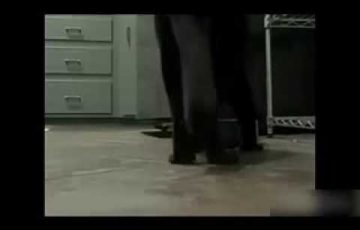

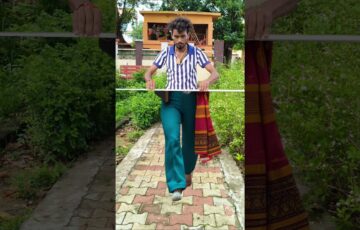
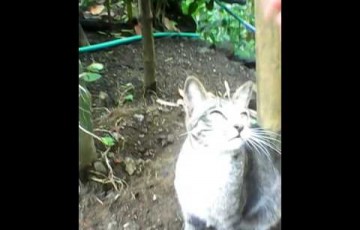
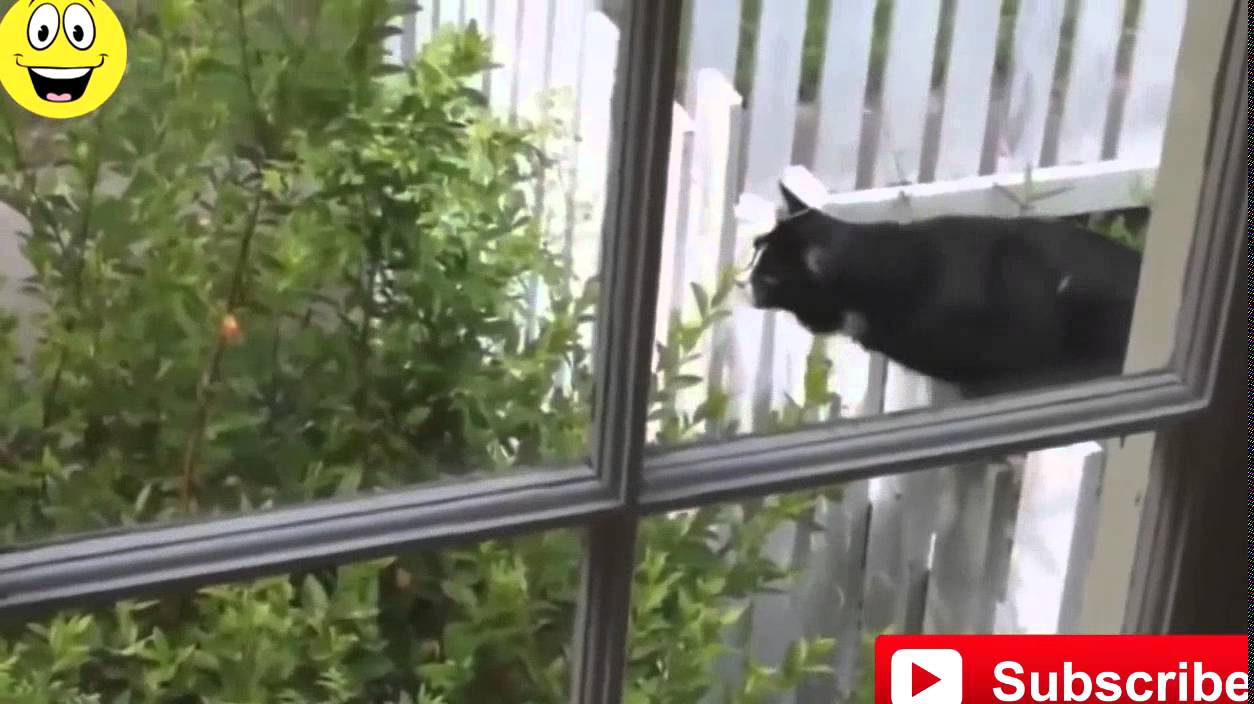
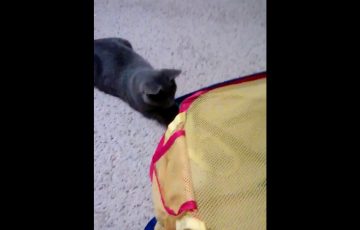
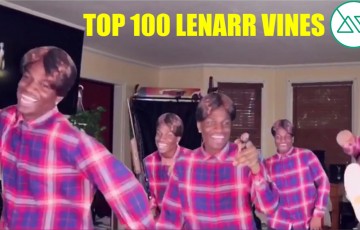

最近のコメント